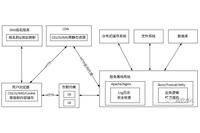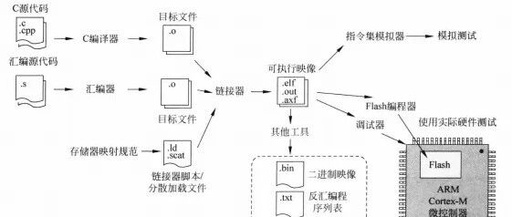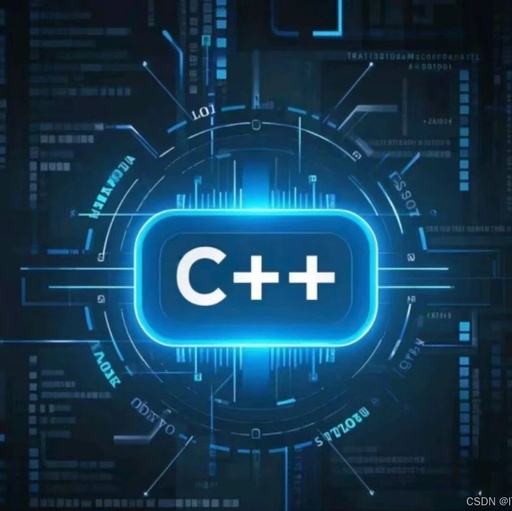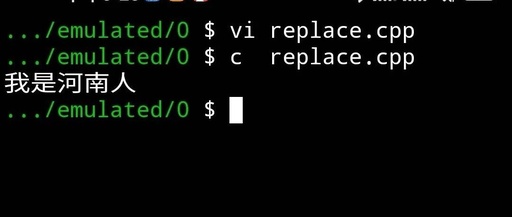C Language Exercises – Day 15
01 Read the following program: main() { int a=1, b=3, c=5; int *p1=&a, *p2=&b, *p3=&c; *p3=*p1*(*p2); printf(“%d\n”,c); } The output result after execution is A) 1 B) 2 C) 3 D) 4 Answer: C Analysis: Brief 02 To write a good program, it is essential to ensure its correctness and reliability, and also to emphasize … Read more









